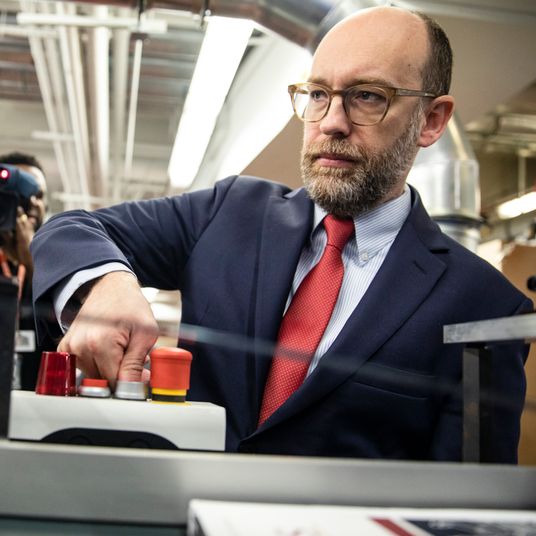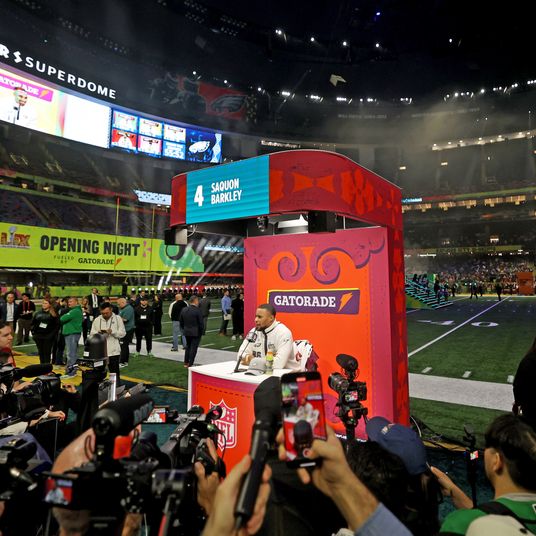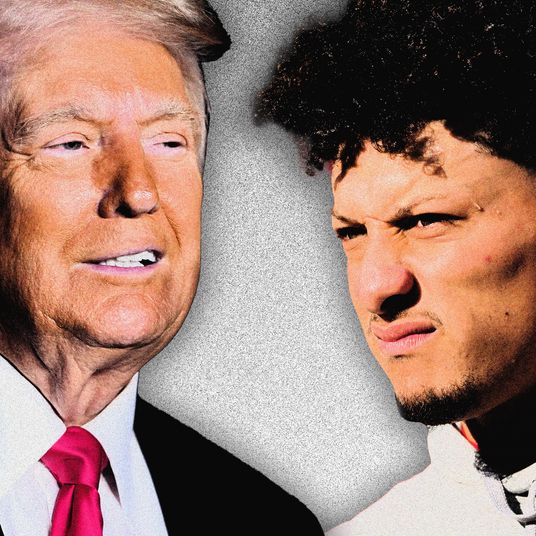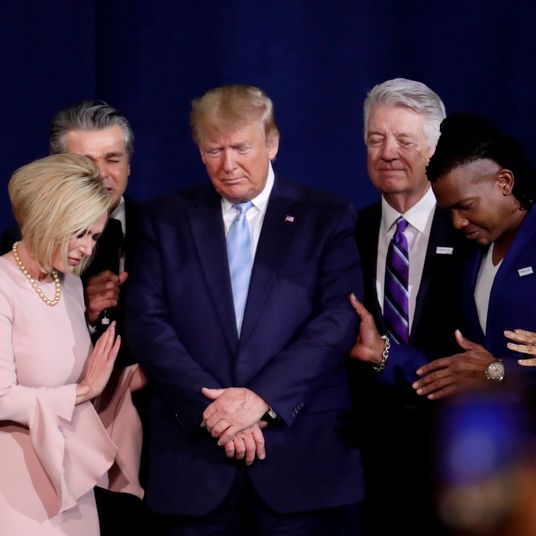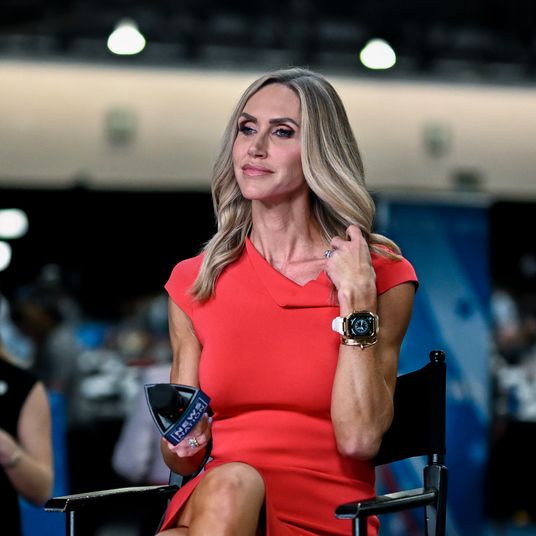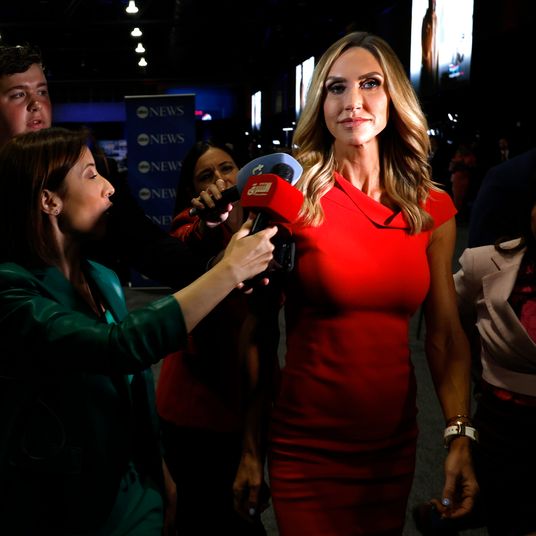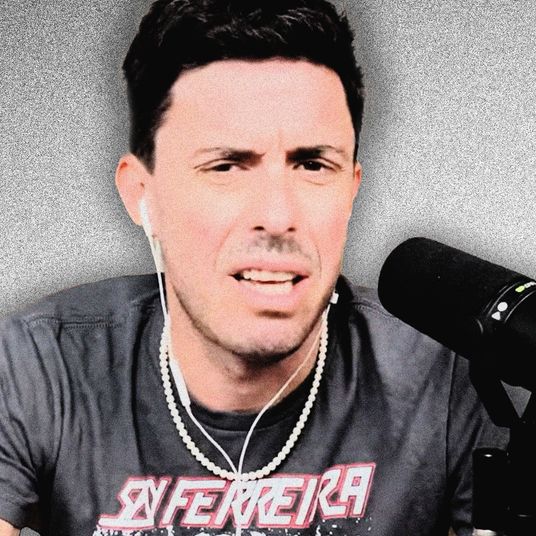Malcolm Gladwell isn’t a basketball novice. His explanation of Isiah Thomas’s horrible tenure as Knicks GM (midway down this exchange) remains the seminal analysis of that dark period in American history. So it was with puzzlement that we read his piece in last week’s New Yorker “Innovators” issue, an attempt to explain how underdogs of all sorts can be successful. While the article addresses guerrilla warfare and IT systems, its central narrative is that of a 12-year-old girls’ basketball team in the Bay Area that dominated more talented opponents by getting in great shape and running a full-court press. It’s a perfectly fun story, but Gladwell takes it to indefensible lengths, literally concluding that most underdog basketball teams “would rather lose” than put in the effort required to win. Can that possibly be true? Well, no. Gladwell’s reasoning is flawed from the beginning, when he depicts the girls’ basketball coach, an Indian immigrant, watching his first basketball game.
A basketball court was ninety-four feet long. But most of the time a team defended only about twenty-four feet of that, conceding the other seventy feet …. Why, then, did weak teams play in a way that made it easy for good teams to do the very things that made them so good?
The piece would have us believe there are two kinds of defense: a full-court press, and one that lets the offense dribble up court and set up plays unimpeded. But that’s a false dichotomy. The truth is that almost every team tries to make its opponents work for all 94 feet in some fashion, and not every underdog is born to run a full-court press. For example, take a team of mediocre players plus two pretty good athletes — one a tiny but quick guard, the other a big man who’s strong but slow on his feet. If that team ran a full-court press, the opposition would exploit the big guy by sending the player he guards sprinting down the floor on a fast break, while the small guard would be wasted guarding someone who probably doesn’t have possession, since the standard reaction to a press is to pass the ball around. A better strategy would be for the quick guard to pressure the opposition’s ball handler while the other players retreat, giving the big guy time to lurk near the basket and shot-block.
Conversely, the press isn’t always an advantage. What if you’re an underdog and you’re playing the notoriously vigorous all-out hustlers at Duke? The most misleading part of Gladwell’s case concerns Rick Pitino, the Kentucky coach who was famously defeated on a last-second play by Duke in the 1992 NCAA tournament when he decided not to guard Grant Hill, who was inbounding the ball (ignoring the inbounder is a key component of the press). Gladwell attempts to shoehorn Pitino’s teams into the “underdog” category: “College coaches of Pitino’s caliber typically have had numerous players who have gone on to be bona-fide all-stars at the professional level,” he writes. “In his many years of coaching, Pitino has had one, Antoine Walker. It doesn’t matter. Every year, he racks up more and more victories.”
One can imagine a nation of basketball coaches playing the world’s smallest violin for Pitino as he faced the insurmountable obstacle of recruiting players to the most successful program in the history of college basketball. In fact, as others have pointed out, the ’96 Kentucky squad discussed in the piece featured a staggering nine players who would go on to play in the NBA; all five starters had pro careers of at least eight years. What was exceptional about that team was not that it overcame a lack of talent with the press; rather, it was just how perfectly those players were suited to run it. They were all agile, fast, and long-limbed; the shortest player was point guard Tony Delk — who was blessed with freakishly long arms. Pitino deserves praise for assembling a team that could execute his defensive system to perfection, but that doesn’t mean he — or those 12-year-olds from Silicon Valley — should be emulated in all, or even most, situations. Underdogs beware.





